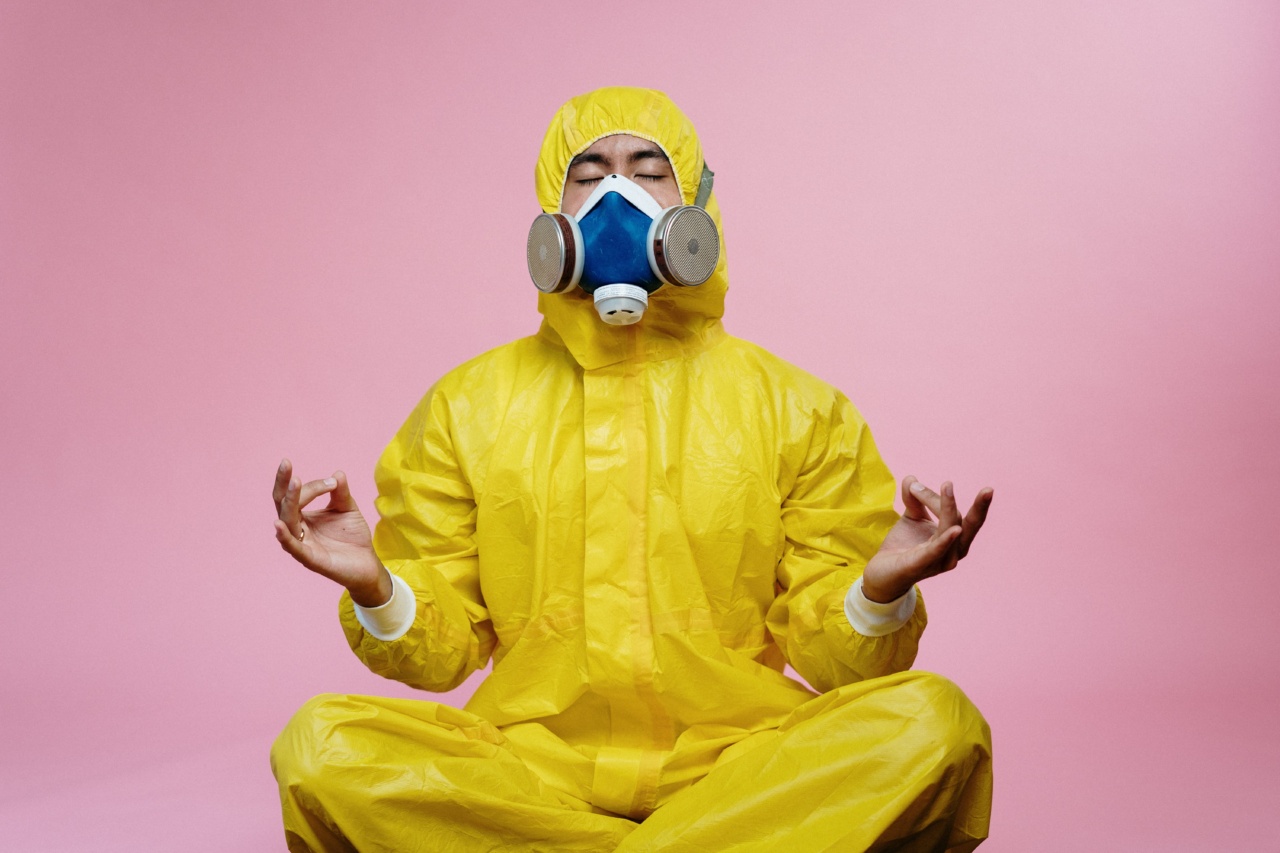A flu epidemic has hit a community, resulting in 20 deaths and 38 ICU admissions. The outbreak has raised concerns among healthcare professionals and the general public.
In order to control the spread of the flu and prevent further fatalities, increased awareness, vaccination efforts, and prompt medical attention are crucial.
Understanding the flu
The flu, also known as influenza, is a highly contagious viral infection that primarily affects the respiratory system. It spreads easily from person to person through respiratory droplets when an infected person coughs, sneezes, or talks.
The virus can also survive on surfaces and objects, increasing the risk of transmission through touch.
Common symptoms of the flu include fever, cough, sore throat, runny or stuffy nose, muscle or body aches, headaches, fatigue, and sometimes vomiting or diarrhea.
While most people recover from the flu within a week or two, it can lead to severe complications, especially in vulnerable populations such as young children, the elderly, pregnant women, and those with underlying health conditions.
The impact of the flu epidemic
The flu epidemic has taken a heavy toll on the community, resulting in 20 deaths and 38 ICU admissions. These numbers highlight the severity of the outbreak and the urgent need for preventive measures.
Influenza-related deaths are often a result of complications such as pneumonia, bronchitis, or worsening of existing health conditions.
ICU admissions indicate the severity of flu cases, as patients require intensive medical care to manage complications and support respiratory function.
The influx of patients to ICUs strains healthcare resources and can impact the overall quality of care provided.
Preventive measures
In the face of the flu epidemic, preventive measures become crucial to control the spread of the virus and mitigate the impact. Here are some effective preventive measures:.
1. Vaccination
Vaccination is the most effective way to protect against the flu and reduce severe outcomes and hospitalizations. It is recommended for everyone above the age of six months, especially those at higher risk.
Annual flu vaccines are formulated based on the prevalent strains of the virus and are updated regularly to enhance effectiveness.
2. Hand hygiene
Regular handwashing with soap and water, or using alcohol-based sanitizers, is essential to prevent the transmission of the flu virus.
Encourage proper hand hygiene practices in schools, workplaces, and public places to minimize the spread of infections.
3. Respiratory etiquette
Covering the mouth and nose with a tissue or the elbow while coughing or sneezing helps prevent the release of respiratory droplets containing the virus into the air.
Dispose of used tissues properly and avoid close contact with individuals displaying flu-like symptoms.
4. Avoiding close contact
During flu outbreaks, it is advisable to avoid close contact with individuals who have flu-like symptoms. This includes staying away from crowded places, maintaining a safe distance from infected individuals, and avoiding unnecessary travel.
5. Environmental hygiene
Regular cleaning and disinfection of frequently touched surfaces such as doorknobs, light switches, and electronic devices can help reduce the survival of the flu virus on surfaces. This can significantly lower the risk of indirect transmission.
Seeking prompt medical attention
It is essential to seek medical attention promptly if flu-like symptoms persist, especially in high-risk individuals. Early diagnosis and appropriate treatment can help prevent complications and reduce the severity of the illness.
Educational campaigns and awareness
Effective communication strategies, including educational campaigns and awareness programs, play a vital role in raising public awareness about flu prevention and control measures.
These efforts should focus on dispelling common myths and providing accurate information about vaccinations, symptoms, and preventive practices.
Conclusion
The flu epidemic resulting in 20 deaths and 38 ICU admissions emphasizes the need for proactive measures to prevent the spread of the virus and protect vulnerable populations.
Vaccination, hand hygiene, respiratory etiquette, avoiding close contact, environmental hygiene, prompt medical attention, and educational campaigns are all integral parts of an effective response to an outbreak. By implementing these preventive measures, communities can reduce the impact of flu epidemics and safeguard public health.





























